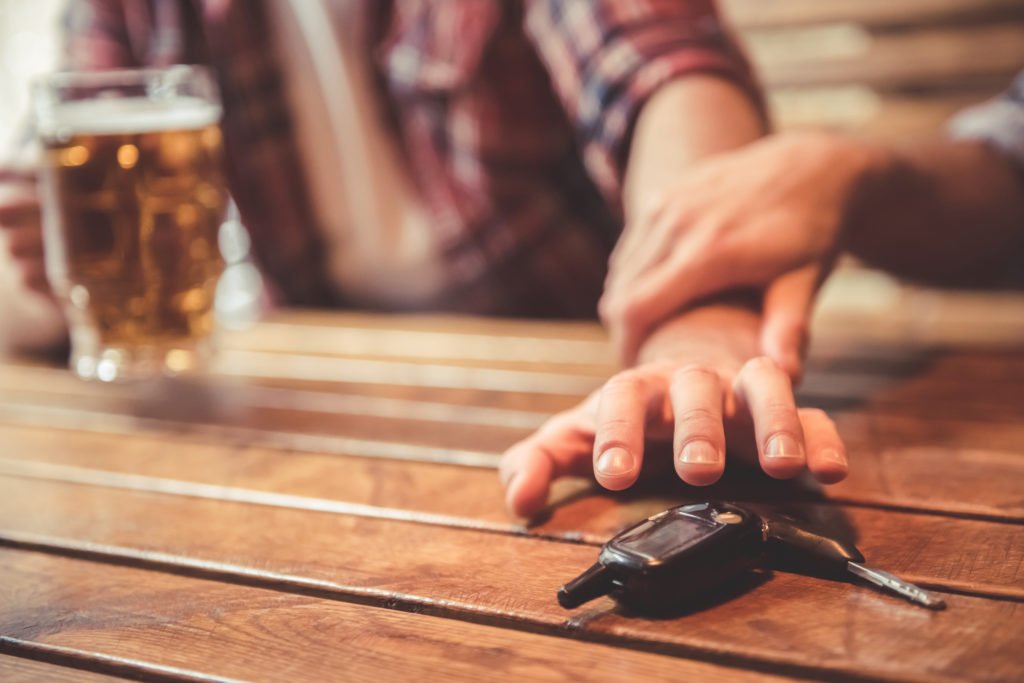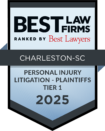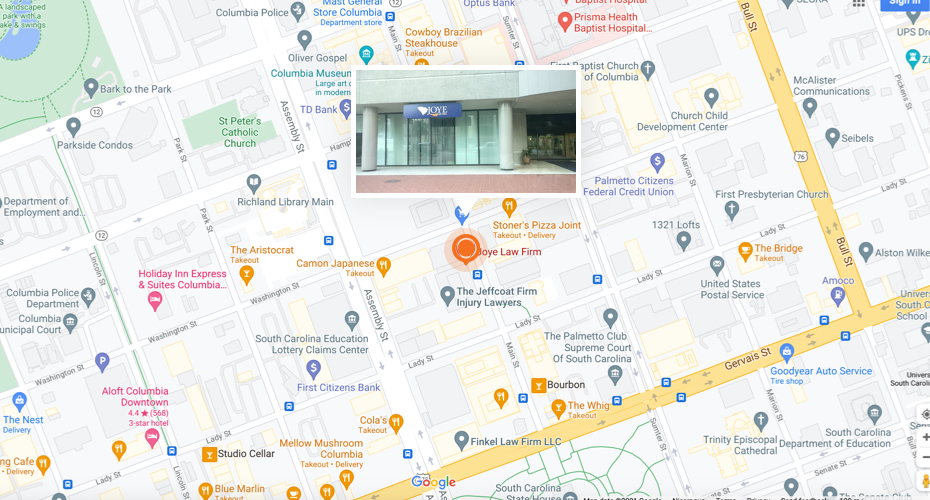
Summer means people are taking off on vacation, and if you own a motorcycle, you may be planning to take a road trip on it. However, as thrilling and as unique an experience as hitting the road for a multiple-day trip on your motorcycle can be, there’s a lot of preparation you’ll have to do to stay safe.
What to Do Before You Leave
Choose Your Bike
Do you have the right motorcycle for a long trip? Most riders who like to go on long trips prefer touring motorcycles, which were designed for just that thanks to their large fuel tanks, low-end horsepower, wide windscreens, and relaxed, upright seating.
If you do own a standard or sport bike, that doesn’t mean you can’t take it on a road trip. However, you might want to consider swapping out the original saddle, handlebars, windscreen, and/or foot pegs with aftermarket parts designed for touring.
Test Your Bike
Get your motorcycle maintenance done before you leave on a long trip! Do not skip this step, because you are making different demands on your bike on a cross-country trip than you do during a short commute. Necessary maintenance items include:
- Check oil levels, and top off if needed
- Check filters, and replace if needed
- Inspect for loose or fraying connectors, screws, bolts, and cables
- Ensure all lights are working
- Test brake and throttle
- Check tire tread, and replace tires if needed
- Check air pressure, both without and with all luggage fully loaded on the bike
- Adjust the suspension to account for the weight of you, a passenger (if applicable), and your luggage
This isn’t just important to do before heading out for your road trip: you should make sure to do an inspection of your bike every morning of your trip before starting on the next leg of your journey. Unexpected breakdowns could easily result in a crash.
Pack Appropriately
One of the biggest differences between a typical road trip and a road trip on a motorcycle is how much you can pack. Anyone who has been on a motorcycle trip knows the importance of packing lightly, as storage space is minimal.
At minimum, you will need:
- Clothing
- Toiletries (pack travel-sized toiletries, which take up less space and can be discarded after use)
- Eye drops (for dealing with the wind blowing into your face when you ride)
- Plenty of snacks and water
- Maps
- ID, insurance information, and roadside assistance numbers
Although you should be careful to pack lightly, make sure to pack not just what you need for yourself, but also what you need for your motorcycle.
This should include:
- Tool kit including wrench, screwdriver, and pliers (check whether your motorcycle requires metric or imperial tools)
- Tire repair kit
- Extra fuel container
- Replacement spark plugs, fuses, and bulbs
- Jumper cable
- Flashlight
- Bike cover
Pack heavier gear at the bottom of your bags, and arrange your bags to hang lower on the motorcycle to help avoid disturbing its center of gravity.
Saddlebags can be secured with the use of bungee cords. Avoid hanging saddlebags around exhaust pipes, drive chains, or from the front fender, especially as the latter might disrupt airflow into the engine.
Make sure your saddlebags are waterproof and lockable in case you encounter rain or need to leave your bike unattended for any reason.
Lastly, don’t overload your bike. Your motorcycle’s owner’s manual should include the manufacturer’s recommended load limits.
Plan Ahead
Plan your route ahead of time. Consider purchasing a GPS-mount for your motorcycle so you can keep your map and directions within your sightline. You should also make sure to read the forecast to check weather conditions along your intended route.
Don’t just plan out what roads you are taking, either. Because motorcycles can’t travel as far between fuel-ups as other vehicles, you should also plan out where you will stop for gas and to sleep each day of travel. In less inhabitable stretches, you don’t want to be caught with an empty tank because you were waiting for the next exit or town that never arrived. Additionally, know where you can stop along your route for repairs or maintenance if you experience a crash or breakdown.
Determine how much time you think you will need to get to your destination each day, and pad it: you want to accommodate for extra stops for water or rest. Riding a motorcycle is more physically exhausting than driving a car, especially in hot weather, and you may need more breaks than you were intending. Plan to stop for at least 15 minutes every 60-100 miles. Don’t push yourself past what is comfortable.
Finally, make sure to always have a backup plan. You never know when construction, road closures, or bad weather will force you off your planned route.
What to Do if You Get in a Crash
First, don’t panic. Call 911 and wait for police and paramedics to arrive. Don’t take off your protective gear until paramedics arrive to give you the medical attention you need.
If you are able to do so, take pictures of the crash scene, the damage to your bike, and your wounds. If another rider or driver was involved, get their contact information, as well as the contact information of any witnesses.
Next, get in touch with a motorcycle accident attorney. Out-of-state crashes can get complicated if the state where the accident occurred has different insurance or liability laws than the state where you live. Additionally, insurance companies tend to be biased against motorcyclists, which can make getting the compensation you need even harder if you go it alone.
Thankfully, the motorcycle injury attorneys at Joye Law Firm know exactly what to do in this situation. Don’t hesitate to contact us after experiencing an accident for a free case review.






































